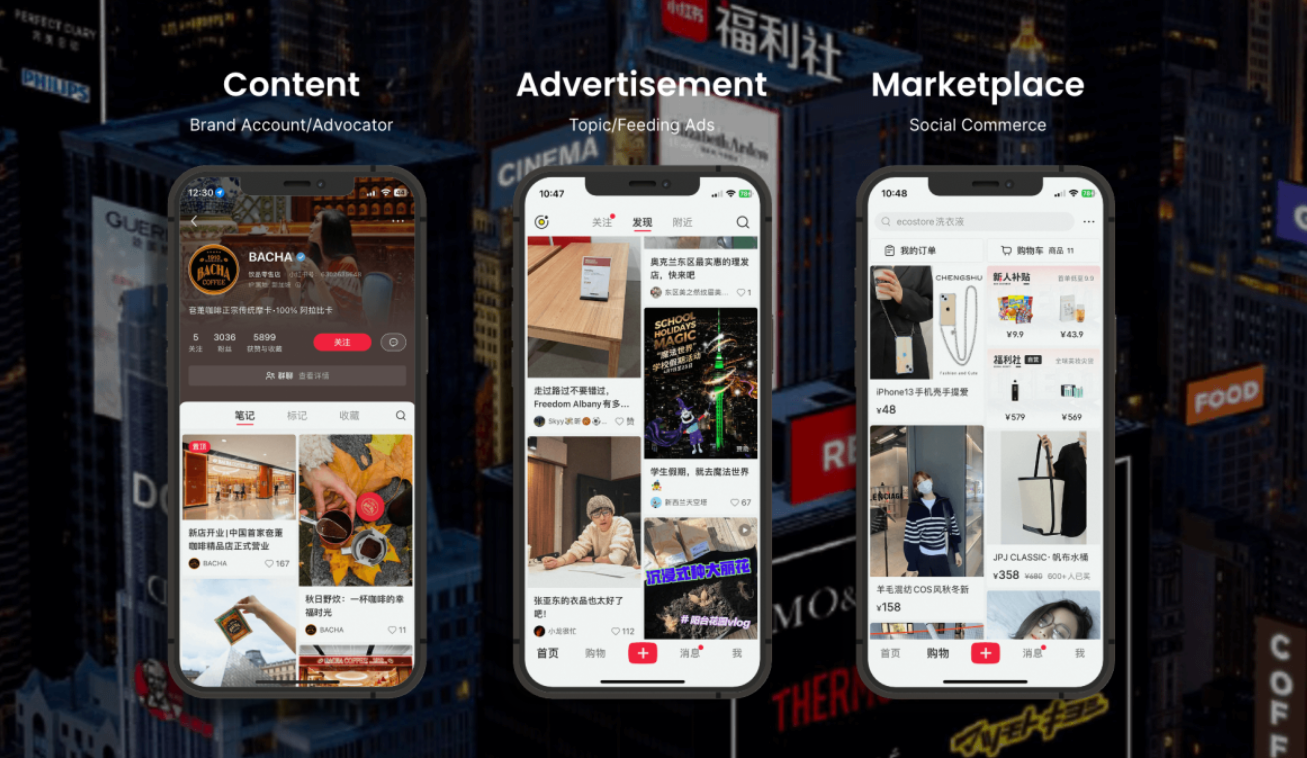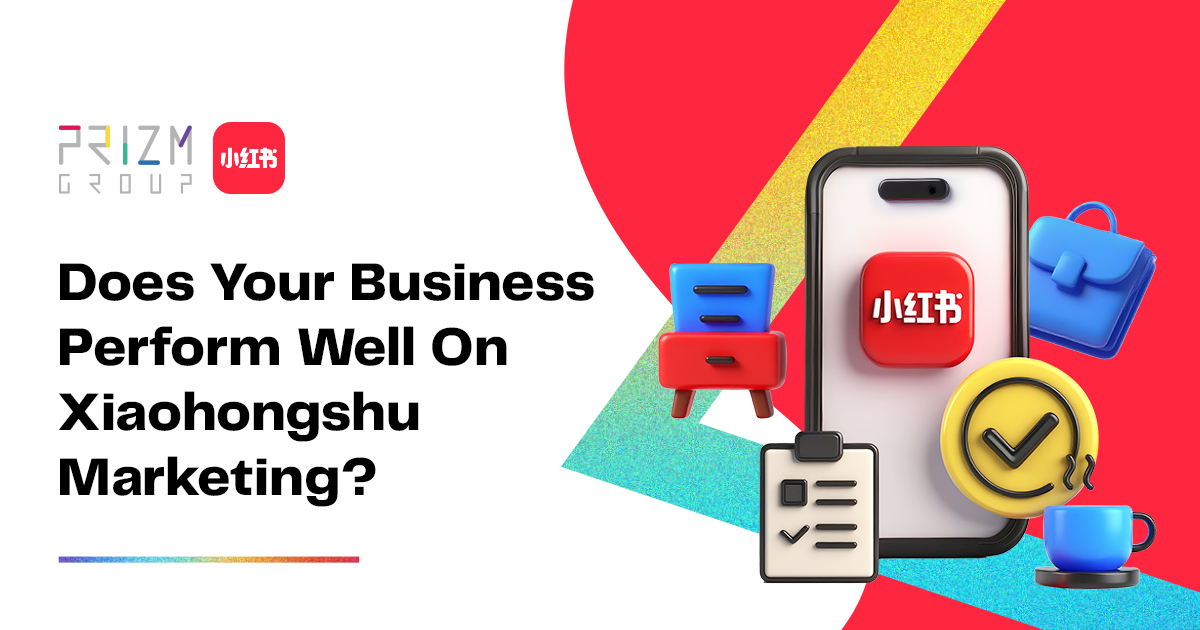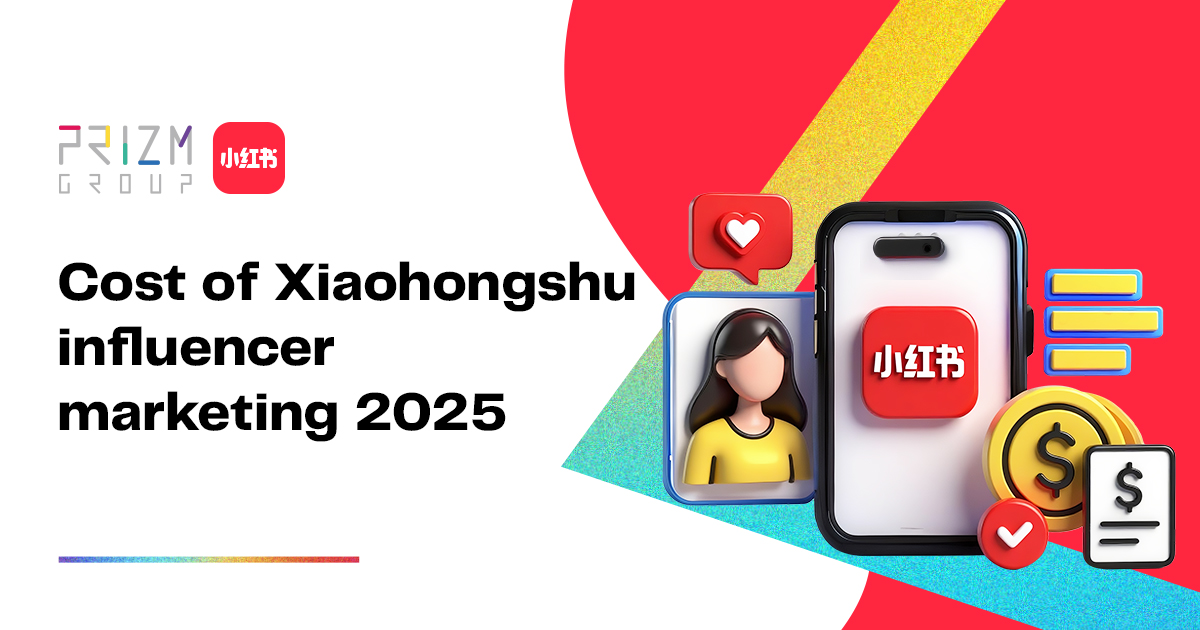In today’s digital world, social media platforms are crucial for connecting people, encouraging interaction, and serving as vital marketing channels for businesses globally. Two standout platforms are Instagram and XiaoHongShu (known as REDNote in English).
Instagram is dominant in the West, while XiaoHongShu has become a major player in China’s digital realm. This article explores the differences between these platforms from the perspectives of users and key opinion leaders.
Is XiaoHongShu/REDNote like Instagram?
Many people liken them, but they’re actually quite different. XiaoHongShu operates on a niche-focused model similar to Reddit, where users explore specific interests via hashtags that shape their explore feed.
In contrast, Instagram caters to a broader range of interests with a diverse array of content and creators. XiaoHongShu thrives on user-generated content, where people share and seek genuine information about products, places, or services.
Its audience is notably dedicated and engaged, deeper into the marketing funnel with a strong intent to purchase, spending significant time on each post or note. These differences highlight XiaoHongShu’s specialized community focus compared to Instagram’s broader appeal.
In contrast, XiaoHongShu is more similar to Pinterest or Lemon8 if anything!
XiaoHongShu vs Instagram - Key Differences
Main Feeds
There’s a noticeable difference between XiaoHongShu and Instagram in how they present content. Instagram is mainly focused on visual posts, showcasing photos and videos, whereas XiaoHongShu leans more towards written reviews and recommendations.
On XiaoHongShu, users often share detailed insights about products, travel experiences, and lifestyle advice, creating a community centered around informative content rather than simply just eye-catching visuals.
This text-based approach on XiaoHongShu encourages thorough discussions and in-depth reviews, appealing to users who value detailed information when making purchasing decisions. In contrast, Instagram’s strength lies in visual storytelling, making it effective for brands to promote themselves through appealing photos and videos.
Hashtags and Keywords
Another notable difference lies in how hashtags and keywords are used on Instagram and XiaoHongShu. Instagram extensively uses hashtags to categorize and discover content, while XiaoHongShu opts for keywords to enhance search capabilities.
This reflects cultural preferences in content consumption, with XiaoHongShu users favoring detailed and descriptive content over brief hashtags. For example, someone looking for skincare products on Instagram might use hashtags like #skincare or #beauty, whereas on XiaoHongShu, they would input specific keywords such as “hydrating moisturizer for dry skin” to find precise recommendations and reviews that match their needs.
This distinction underscores how each platform tailors its search functionalities to cater to user preferences and content consumption habits.
While both platforms offer advertising opportunities, their approaches differ significantly. Instagram integrates ads seamlessly within its main feed, Stories, and Explore section, often showcasing sponsored posts from influencers and brands.
These ads are designed to blend with organic content, ensuring a smooth user experience while maximizing visibility and engagement for advertisers. Instagram’s robust ad targeting capabilities enable brands to precisely target audiences based on demographics, interests, and behaviors, ensuring their messages reach the right people at the right time. Brands can choose from various ad formats such as photo ads, video ads, carousel ads, and story ads to tailor their campaigns effectively.
On the other hand, XiaoHongShu takes a subtler approach to advertising, featuring sponsored content alongside organic posts in users’ feeds. This native advertising strategy allows brands to seamlessly integrate into the platform’s content ecosystem, promoting authenticity and building trust with users.
XiaoHongShu also emphasizes Key Opinion Consumers (KOCs), leveraging trusted community members to authentically promote products and services. This approach enhances engagement and fosters genuine connections between brands and consumers on the platform.
Target Demography
Understanding the target demographic is crucial for successful brand engagement strategies. Instagram attracts a broad user base across different age groups, demographics, and global regions, particularly prominent in Western markets.
In contrast, XiaoHongShu focuses primarily on young urban consumers in China, especially those interested in fashion, beauty, and lifestyle trends. This demographic focus allows brands to customize their marketing approaches to effectively resonate with local cultural preferences and behaviors.
Media Platforms
There are significant differences between XiaoHongShu and Instagram in how they present content to users. Instagram is primarily focused on visual content, showcasing aesthetically pleasing imagery and videos that are ideal for brand promotion.
In contrast, XiaoHongShu places a stronger emphasis on textual reviews and recommendations. Users on XiaoHongShu often share detailed insights about products, travel experiences, and lifestyle tips, fostering a community driven by informative discussions rather than just visual appeal. This text-centric approach allows for deep dives into topics, catering to users who value substantive information before making purchasing decisions.
Behind the scenes, the algorithms governing these platforms’ main feeds also shape user experiences differently. Instagram’s algorithm prioritizes high-quality content based on relevance, timeliness, and user engagement.
This encourages brands and creators to optimize their posts using hashtags, posting schedules, and collaborations with influencers to maximize visibility. In contrast, XiaoHongShu’s algorithm focuses on content quality, authenticity, and relevance to individual user interests.
By curating personalized feeds based on user preferences and interactions, XiaoHongShu aims to enhance user satisfaction and increase engagement on the platform.
Additionally, XiaoHongShu has strategically aligned itself with major Chinese e-commerce players like Alibaba and Tencent, leveraging their extensive networks to strengthen its presence in the domestic market.
Through partnerships and co-branded campaigns, XiaoHongShu has established itself as a leading platform for lifestyle content, product discovery, and social commerce in China.
As media landscapes evolve, with trends like short-form video platforms and live streaming gaining prominence, brands must continually adapt their strategies to stay relevant and capitalize on emerging digital opportunities.
Algorithm & Features
As social media evolves, both Instagram and XiaoHongShu face opportunities and challenges in acquiring and retaining users. Instagram’s recent introduction of Reels, a short-form video feature, and its focus on creator monetization highlight its competitive strategy.
Similarly, XiaoHongShu emphasizes user-generated content and community engagement to enhance user satisfaction and loyalty.
Algorithmic changes play a crucial role in shaping user experiences on these platforms. Instagram’s algorithm prioritizes content based on user engagement metrics, which has sparked discussions about its impact on organic reach.
In contrast, XiaoHongShu values content quality and relevance, aiming to foster meaningful interactions within its community.
New social media trends like live streaming, interactive polls, AR filters, and shoppable posts are influencing user behavior and brand strategies. Both Instagram and XiaoHongShu are at the forefront of these innovations, offering brands opportunities to engage audiences more deeply and drive brand loyalty.
In summary, comparing XiaoHongShu and Instagram reveals similarities and differences in functionality, user demographics, and marketing approaches. Instagram dominates the Western market with visual content and a diverse user base, while XiaoHongShu thrives in China with informative reviews, community engagement, and seamless e-commerce integration.
Brands navigating these platforms must consider cultural nuances, user preferences, and platform-specific features to effectively engage audiences and drive growth in the digital age.
How PRIZM Can Help With Your XiaoHongShu Marketing Efforts
If you want to succeed in XiaoHongShu marketing, you need a partner who knows the ins and outs of the Asian and Chinese markets.
That’s where PRIZM comes in.
We have over a decade of solid experience in helping some of the world’s biggest brands reach and engage with Asian and Chinese consumers. We are experts in helping foreign brands enter and grow in the Chinese market, using platforms like WeChat, XiaoHongShu, and Weibo.
Whether you need to create content, a market update, manage campaigns, or analyze data, we can help you with a comprehensive XiaoHongShu strategy that suits your goals and budget.
Contact us today for a free consultation and see how we can help you take your business to the next level!





